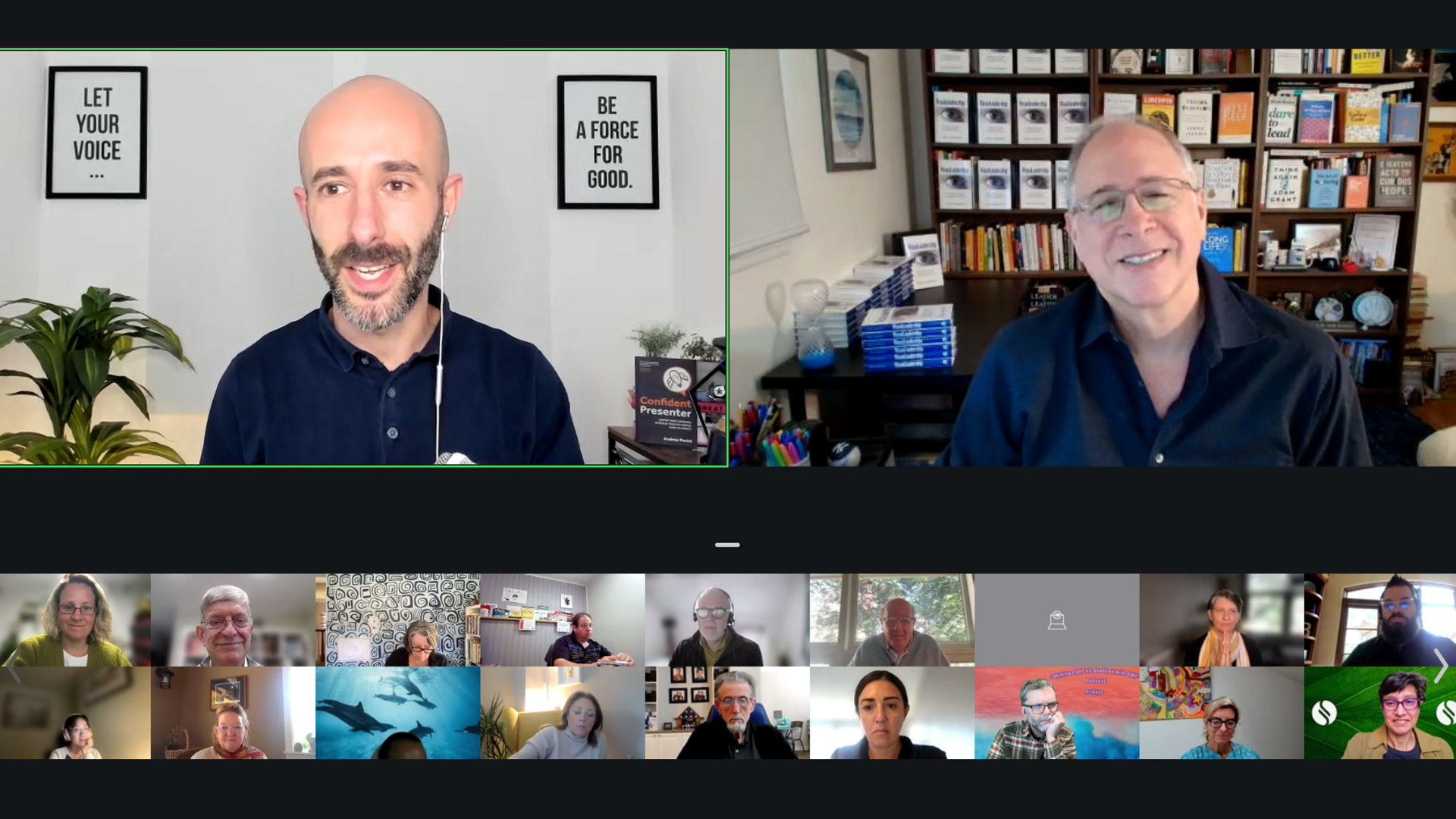
Metaphors do more than add style to your language; they make your communication stronger and more engaging. In a recent session with Todd Cherches, we explored how metaphors can help us share ideas, connect with others and simplify complex topics. Here’s what we learned.
Attention, Comprehension, Retention
Attention: Metaphors catch people’s interest by presenting ideas in surprising ways. Todd used the concept of a “leadership weather report” to explain how leaders can impact team morale. He asked his client to think about whether he was a “cloud of doom” spreading negativity or a “ray of sunshine” that lifted people’s spirits. This approach helped the client realise that, just like weather affects everyone’s mood, a leader’s attitude sets the tone for the whole team.
Comprehension: Metaphors make complex topics easier to grasp by connecting them to familiar experiences. For example, Todd talked about “black sock decision-making.” He explained how he used to waste time matching socks to his outfit until he bought all black socks, simplifying the choice. The metaphor encourages people to eliminate trivial decisions and focus on what really matters.
Retention: Metaphors help people remember concepts because they create vivid mental images. Todd illustrated this with the example of “management is checkers; leadership is chess.” While both involve strategic moves, management focuses on simpler, repetitive tasks like in checkers, whereas leadership requires thinking ahead and considering many possibilities, like in chess. The metaphor helps highlight the different skill sets we need for each role.
Use metaphors to simplify complex ideas. Todd likened burnout to a “flickering candle” about to go out unless you take steps to recharge. This metaphor helps bring the abstract idea of burnout to life, making it easier for people to understand and address.
Audience Relevance
Todd emphasised the need to adapt metaphors for different audiences. While some metaphors are universally understood, others may be audience specific.
For example, “life is like a box of chocolates” is a famous metaphor from the movie Forrest Gump. While many people may recognise the reference and understand that it means life is unpredictable, others who haven’t seen the movie may not connect with it in the same way.
Todd also gave examples of tailoring sports metaphors: while a baseball metaphor might resonate with an American audience, a hockey reference could be more effective in Canada. For a European audience, using football (soccer) metaphors might work best, while in India, a cricket metaphor would be more appropriate. The key is to speak the “language” of your audience, both literally and metaphorically.
Build a Metaphor Toolkit
Start by noticing metaphors in your everyday life. Todd suggested building a “toolbox” of metaphors, each suited to different situations and audiences.
Metaphors are essential for effective communication in business because they inspire, clarify and leave a lasting impact. As Todd said, “Metaphors make the abstract concrete, the intangible tangible, and the invisible visible.” The right metaphor can transform how people perceive your ideas and lead to meaningful changes in behaviour.
Final Thoughts
If you missed the live session, make sure to check out the recording below. And stay tuned for more opportunities to improve your communication skills through our events.
I’d love to hear your favourite metaphors – get in touch using the form below!

Want to learn more?
- Read Confident Presenter and Business Presentation Revolution
- To make the most of the book, take the Confident Presenter Scorecard to assess your presentation skills in less than 3 minutes
- Attend our free, live masterclass on all things presentation skills